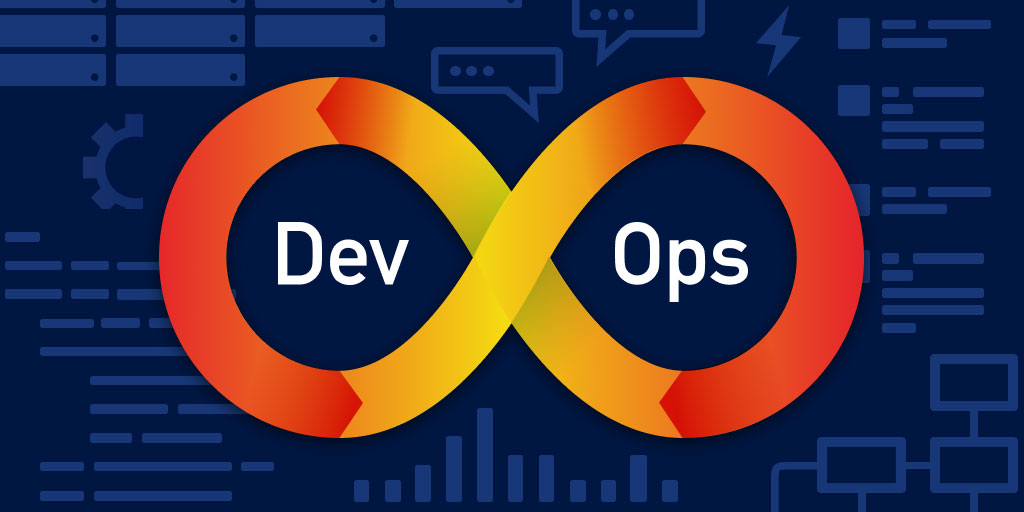

Stunited_Tech_Project
Public Group
Public Group
Active a week ago
Stunited_Tech_Project:
The project aims to streamline the software development lifecycle (SDLC) by... View more
Public Group
Group Description
Stunited_Tech_Project:
The project aims to streamline the software development lifecycle (SDLC) by implementing a robust DevOps pipeline using cutting-edge technologies. The pipeline will automate the process of building, testing, and deploying applications in a cloud-native environment, specifically on AWS, using Infrastructure as Code (IaC) principles.
Key Components:
Version Control with Git and GitHub:
Developers will use Git for version control, allowing them to collaborate efficiently on code changes.
GitHub will serve as the central repository, providing features like pull requests, issue tracking, and code reviews.
Infrastructure Provisioning with Terraform:
Infrastructure will be defined and managed as code using Terraform, enabling repeatable and scalable infrastructure deployments.
Terraform scripts will describe AWS resources required for the application stack.
Configuration Management with Ansible:
Ansible will automate the configuration of servers and applications, ensuring consistency across environments.
Playbooks will define the desired state of servers and applications, enabling efficient provisioning and configuration management.
Continuous Integration and Continuous Deployment (CI/CD) with Jenkins:
Jenkins will orchestrate the CI/CD pipeline, automating the build, test, and deployment processes.
Pipeline stages will include code linting, unit testing, integration testing, and deployment to staging and production environments.
Containerization with Docker:
Applications will be packaged into lightweight, portable containers using Docker.
Docker images will encapsulate the application and its dependencies, ensuring consistency across environments.
Container Orchestration with Kubernetes:
Kubernetes will manage containerized applications, providing features like auto-scaling, load balancing, and self-healing.
Kubernetes manifests will define the desired state of application deployments, services, and ingress rules.
Development Workflow:
Feature Development:
Developers will create feature branches in Git for new features or bug fixes.
They will write code, commit changes, and push branches to GitHub for review.
Continuous Integration:
Jenkins will monitor the GitHub repository for new commits.
Upon detecting changes, Jenkins will trigger a CI build, compiling the code, running tests, and generating artifacts.
Infrastructure Provisioning:
Terraform scripts will define the AWS infrastructure required for the application.
Infrastructure changes will be applied automatically or through manual approval, ensuring consistency and reliability.
Configuration Management:
Ansible playbooks will configure servers and deploy applications according to the defined infrastructure.
Continuous Deployment:
Jenkins will deploy applications to staging environments for integration testing.
Upon successful testing, applications will be deployed to production environments automatically or with manual approval.
Monitoring and Logging:
Monitoring tools like Prometheus and Grafana will provide insights into application performance and resource utilization.
Logging solutions like ELK stack (Elasticsearch, Logstash, Kibana) will aggregate and analyze logs for troubleshooting and auditing.
Conclusion:
By implementing this DevOps pipeline, the project aims to accelerate the software delivery process, improve collaboration between development and operations teams, and increase the reliability and scalability of applications in a cloud-native environment. Continuous feedback loops and automation will drive efficiency and quality throughout the SDLC.

